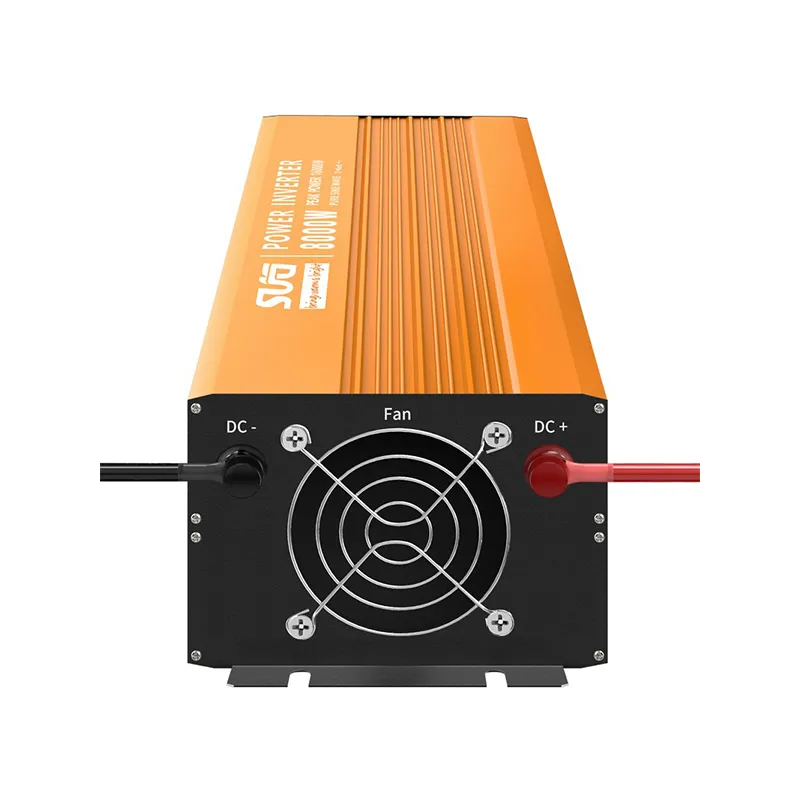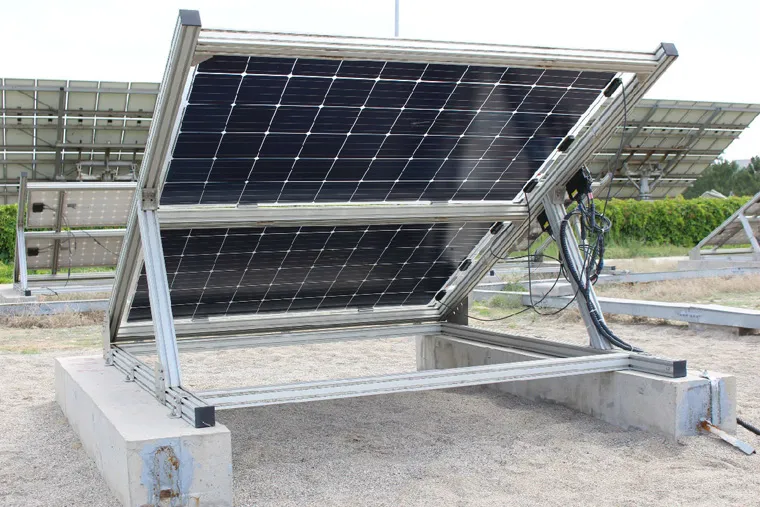Affordable 380W Solar Panel Price High-Efficiency & Durable Panels
- Understanding 380W Solar Panel Technologies and Market Value
- Performance Advantages Over Conventional Solar Modules
- Comparative Analysis of Leading Solar Panel Manufacturers
- Technical Specifications and Installation Requirements
- Customized Solutions for Different Energy Scenarios
- Real-World Implementation Case Studies
- Future Cost Projections and Industry Development

(380w solar panel price)
Exploring the 380W Solar Panel Price Point and Value Proposition
The solar market continues its rapid evolution with 380W panels emerging as a mainstream choice for residential and commercial installations. Current pricing for standard monocrystalline 380W modules ranges between $180 and $280 per panel, representing approximately $0.47 to $0.74 per watt. Several factors influence this price bracket including mono PERC cell efficiency ratings between 20-21.8%, advanced junction box technology, and corrosion-resistant aluminum framing that extends product lifespans beyond standard warranties. Higher-efficiency panels like 445W models command premium pricing around $0.68-$0.89 per watt due to sophisticated multi-busbar designs and enhanced light absorption layers requiring more expensive manufacturing processes.
Performance Advantages Over Conventional Solar Modules
Modern 380W solar panels deliver substantially improved performance metrics compared to conventional models. Utilizing monocrystalline PERC cells with up to 21.8% conversion efficiency allows 30% higher output than standard polycrystalline equivalents in low-light conditions. Temperature coefficients averaging -0.35%/°C minimize efficiency degradation during peak summer heat, while advanced bypass diodes reduce partial shading losses by up to 85%. Unlike lower-wattage alternatives, 380W panels feature improved structural integrity against mechanical loads withstanding 5,400Pa pressure resistance and snow loads exceeding conventional models by 25%. These technological innovations extend functional service life beyond 30 years while maintaining above 85% peak performance output.
Manufacturer Pricing and Specification Comparison
| Brand | Model | Power Output (W) | Efficiency (%) | Price per Panel ($) | Warranty |
|---|---|---|---|---|---|
| Longi | LR4-60HPH | 380 | 20.9 | 189 | 25 years |
| Canadian Solar | CS3N-380MS | 380 | 20.3 | 205 | 25 years |
| Jinko Solar | Tiger N-type | 385 | 21.8 | 252 | 30 years |
| Q Cells | Q.PEAK DUO BLK | 380 | 20.6 | 231 | 25 years |
| Hanwha | HiA-S440RG | 445 | 22.2 | 302 | 25 years |
Recent market analysis reveals pricing differentials between manufacturers correlate strongly with production scale and technological sophistication. Premium Tier 1 producers typically command 18-22% higher pricing than value brands due to stricter quality control protocols and independent laboratory certification. Industry data indicates system costs decrease approximately $0.09/watt for every $10 reduction in panel-level pricing.
Technical Specifications and Installation Requirements
Standard 380W solar panels feature 60-cell configurations measuring approximately 1.7m x 1.0m with weights averaging 19.5kg. Professional installation requires racking systems with wind-load ratings exceeding 3,500Pa. Electrical specifications show maximum power voltage (Vmp) ranging 37.6-40.8V and current (Imp) between 10.05-10.54A. For safety compliance, panels possess IEC 61730 Class II certifications featuring anti-PID technology maintaining isolation resistance above 100MW even in high-humidity coastal environments. Installers must configure grounding using UL-certified connectors while observing module spacing clearances of at least 20mm for heat dissipation and airflow optimization. High-efficiency 445W variants require specialized microinverters capable of managing input voltages up to 50V.
Customized Commercial and Residential Solutions
Tailored solar solutions using 380W panels address unique energy requirements across market segments:
- Urban Residential: Roof-mount systems averaging 20-35 panels deliver 7.6-13.3kW daily generation covering 85-115% household consumption
- Rural Off-Grid: Hybrid configurations with 12-18 panels provide 4.56-6.84kW power generation sufficient for water pumping systems and refrigeration
- Commercial Scale: Ground-mounted arrays exceeding 200 panels generate over 76kW peak output supporting agricultural, manufacturing and retail operations
Advanced hybrid configurations pair optimally with lithium phosphate battery banks at 3:1 (panel kW : storage kWh) ratios for reliable backup during grid interruptions. For commercial projects requiring maximized power density, 445W panels installed vertically in bifacial configurations boost energy yield by 11-17% through ground-reflected light capture.
Implementation Case Studies and Performance Metrics
A California winery installation deployed 1,200 Canadian Solar 380W panels across 2.3 acres generating annual energy output exceeding 620MWh. Data shows the system recouped investment within 7 years while reducing carbon emissions equivalent to removing 96 passenger vehicles from roads annually. In contrast, a Minnesota school district's snow-resistant 380W array demonstrated reliable winter output exceeding projections by 22% due to advanced temperature coefficient performance at temperatures dropping to -32°C. Monitoring data from a Florida coastal installation using Q Cells 380W panels showed zero performance degradation despite continuous salt spray exposure over 2.5 years.
Future Outlook for 380W Solar Panel Price and 445 Watt Solar Panel Price Development
Industry forecasting indicates continued downward price trajectory for 380W panels reaching $0.41/W by Q1 2025 as manufacturing innovations reduce silicon waste by 40%. The 445W premium segment will maintain higher margins with prices hovering between $0.59-$0.68 through 2024 as manufacturers recoup N-type technology development investments. Global market projections suggest the 380-450W segment will dominate nearly 65% of commercial installations by 2027 due to balance-of-system cost reductions. International Renewable Energy Agency data confirms price-per-watt for panels in this output category has declined 89% since 2010, increasing grid parity feasibility across global regions.

(380w solar panel price)
FAQS on 380w solar panel price
Q: What is the average price range for a 380W solar panel?
A: The average price for a 380W solar panel ranges between $150 to $250 USD, depending on brand, efficiency, and regional availability. Bulk purchases may offer lower per-unit costs.
Q: How does a 380W solar panel compare to a 445W panel in cost?
A: A 445W solar panel typically costs 15-25% more than a 380W panel, averaging $200-$350 USD. Higher wattage models provide better energy output but require evaluation of roof space and system compatibility.
Q: What factors influence 380W solar panel pricing?
A: Key factors include panel efficiency (monocrystalline vs. polycrystalline), brand reputation, warranty terms, and installation complexity. Seasonal promotions and shipping fees may also affect final costs.
Q: Where can I buy affordable 380W solar panels?
A: Reliable sources include certified solar retailers like Renogy or EcoFlow, e-commerce platforms (Amazon, Alibaba), and local distributors. Always verify certifications like UL listing or TÜV Rheinland approval.
Q: Do 380W solar panels offer cost savings over time?
A: Yes, 380W panels can reduce electricity bills by 30-50% annually, with payback periods of 5-8 years. Long-term savings depend on sunlight exposure, energy consumption patterns, and local incentives.
-
String Solar Inverter: The High-Efficiency Solution for Smart Solar EnergyNewsJul.14,2025
-
Revolutionizing Rooftop Energy with the Power of the Micro Solar InverterNewsJul.14,2025
-
Power Independence with Smart Off Grid Solar Inverter SolutionsNewsJul.14,2025
-
On Grid Solar Inverter: Powering the Future with Smart Grid IntegrationNewsJul.14,2025
-
Monocrystalline Solar Panels: High-Efficiency Power for the Future of Clean EnergyNewsJul.14,2025
-
Bifacial Solar Panel: A Smarter Investment for Next-Generation Energy SystemsNewsJul.14,2025







